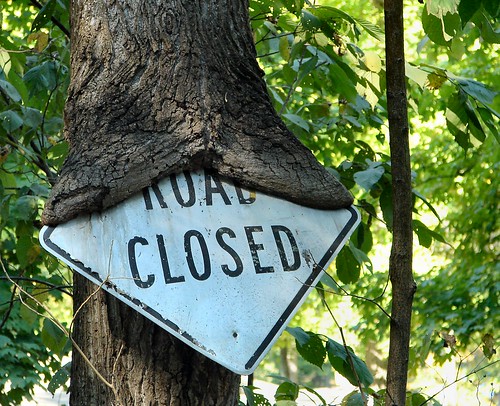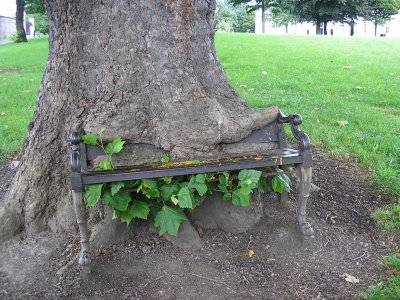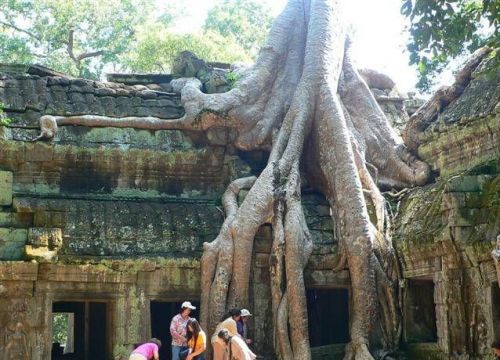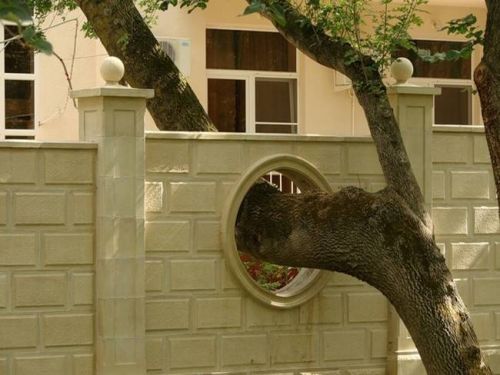最新文章
文章分类
归档
2009 (364)
2010 (272)
2011 (195)
2012 (205)
2013 (210)
2014 (155)
2015 (172)
2017 (152)
2018 (173)
2020 (549)
2021 (413)
2022 (545)
2023 (331)

正文

We’ve all seen trees that grow in the direction of sunlight or away from other trees, but here are a few that have really gone out of their way to claim their rightful space.
A tree is a perennial woody plant. It is most often defined as a woody plant that has many secondary branches supported clear of the ground on a single main stem or trunk with clear apical dominance. A minimum height specification at maturity is cited by some authors,varying from 3 m to 6 m; some authors set a minimum of 10 cm trunk diameter (30 cm girth). Woody plants that do not meet these definitions by having multiple stems and/or small size, are called shrubs. Compared with most other plants, trees are long-lived, some reaching several thousand years old and growing to up to 115 m (379 ft) high.
Trees are an important component of the natural landscape because oftheir prevention of erosion and the provision of a weather-shelteredecosystem in and under their foliage. They also play an important role in producing oxygen and reducing carbon dioxide in the atmosphere, as well as moderating ground temperatures. They are also elements in landscaping and agriculture, both for their aesthetic appeal and their orchard crops (such as apples). Wood from trees is a building material,as well as a primary energy source in many developing countries. Trees also play a role in many of the world’s mythologies (see trees in mythology).
评论
目前还没有任何评论
登录后才可评论.















